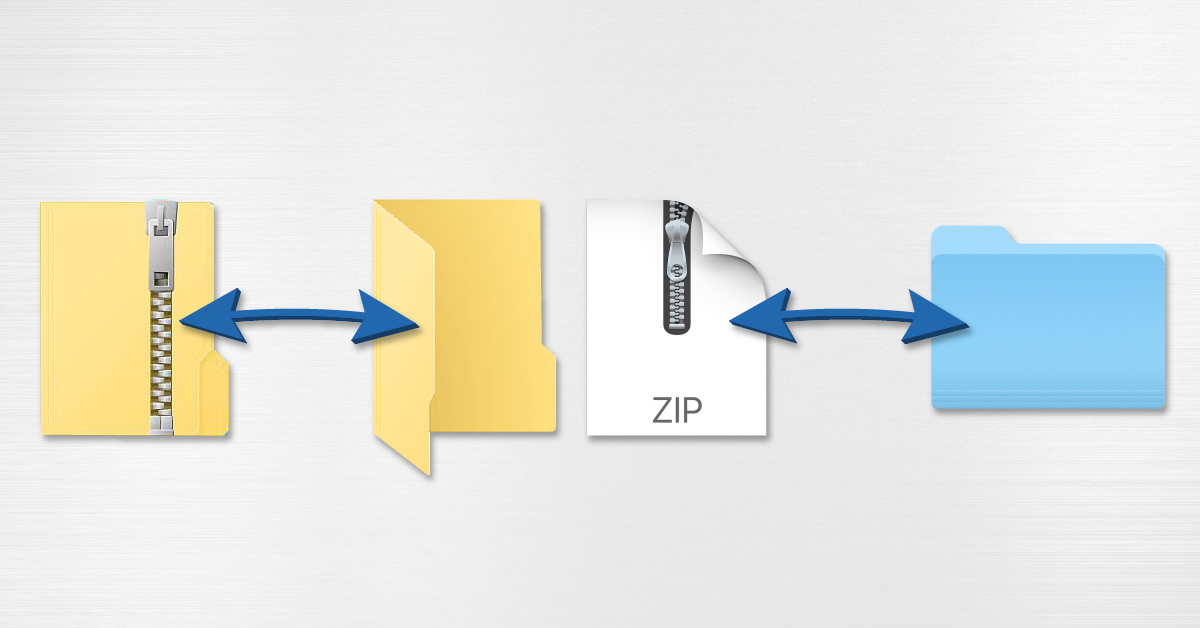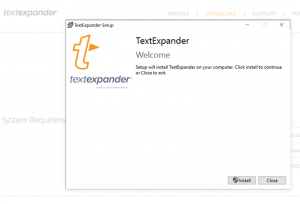- Unzip For Mac Os X 10.6.8
- Dmg Extractor For Mac Os X
- Unzip For Mac Os X Free Download
- Unzip For Mac Os X 10.6.8
Terminal
Download an app from the these link which can identify rar files, both apps are fine but we like. Graphic: 1024 x 768 or higher resolution with 16.7 million colours; Download. Get the latest Apache OpenOffice release for your MacOS X. Please subscribe to the users mailing list. Send an empty email to users-subscribe@openoffice.apache.org and just reply to the.
Unzip For Mac Os X 10.6.8
Hey
Terminal, the wonder app, can do pretty much anything. This post is going to show you how you can unzip files using Terminal. I will also show you how you can can combine commands to download and unzip files really quickly. Its really simple to complete. You may want to use Terminal since you can access extra options which you may normally be hidden away from you.
The first step is to open Terminal. Use the 'cd' command to change the directory to the location where you want to unzip the zip file. For example you can use:
cd ./Desktop
The next step is to invoke the unzip command. Type the following into Terminal. This assumes you have a zip file ready to unzip.

Dmg Extractor For Mac Os X
unzip file.zip
This will unzip you file into you desktop location. If you want to change this location you can type the following.
unzip file.zip -d ~/another/folder
You can also remove all of the text that Terminal will output when you run the command by adding a modifier/option to the front of the syntax.

unzip -q file.zip
Optionally you can also add more information by adding a verbose option. This will show you all of the details of the file you unzip.
unzip -v file.zip
You can combine this command with other command so you can download and unzip a file automatically. For example if you have wget installed you can type in Terminal.
cd ~/download;wget http://www.example.com/file/zip;unzip file.zip
The different commands are separated by a semi-colon (;). The previous command will change your directory to your downloads folder. It will then grab the zip file from your website and unzip the file to your location.
The one problem with unzip command is that it creates a an extra folder called '__MACOSX' this folder would normally be hidden as it stores extra data that you don't need to see. You can easily get rid of this by combining the delete command with the unzip command.
Unzip For Mac Os X Free Download
unzip file.zip;rm -rf __MACOSX
Unzip For Mac Os X 10.6.8
That will unzip the file and then delete this extra folder. You can of course combine this with the download command previously.
cd ~/download;wget http://www.example.com/file/zip;unzip file.zip;rm -rf __MACOSX
You could even take this further by moving files and folders although that would be out of the scope of this article. How quick do you reckon it would be to type that command compared to downloading a zip folder normally and then normally extracting it. You do have to type more, but it is a lot less clicking and searching in Finder.

Dmg Extractor For Mac Os X
unzip file.zip
This will unzip you file into you desktop location. If you want to change this location you can type the following.
unzip file.zip -d ~/another/folder
You can also remove all of the text that Terminal will output when you run the command by adding a modifier/option to the front of the syntax.
unzip -q file.zip
Optionally you can also add more information by adding a verbose option. This will show you all of the details of the file you unzip.
unzip -v file.zip
You can combine this command with other command so you can download and unzip a file automatically. For example if you have wget installed you can type in Terminal.
cd ~/download;wget http://www.example.com/file/zip;unzip file.zip
The different commands are separated by a semi-colon (;). The previous command will change your directory to your downloads folder. It will then grab the zip file from your website and unzip the file to your location.
The one problem with unzip command is that it creates a an extra folder called '__MACOSX' this folder would normally be hidden as it stores extra data that you don't need to see. You can easily get rid of this by combining the delete command with the unzip command.
Unzip For Mac Os X Free Download
unzip file.zip;rm -rf __MACOSX
Unzip For Mac Os X 10.6.8
That will unzip the file and then delete this extra folder. You can of course combine this with the download command previously.
cd ~/download;wget http://www.example.com/file/zip;unzip file.zip;rm -rf __MACOSX
You could even take this further by moving files and folders although that would be out of the scope of this article. How quick do you reckon it would be to type that command compared to downloading a zip folder normally and then normally extracting it. You do have to type more, but it is a lot less clicking and searching in Finder.
If you want to take your skills with Terminal a bit further I recommend you check out the Terminal Category on this site. If you fancy reading a book there is a couple on Amazon that I regularly see mentioned and recommend, O'reilly Unix Geeks and Unix Under the Hood both are designed for Mac OS X and take Terminal further.
